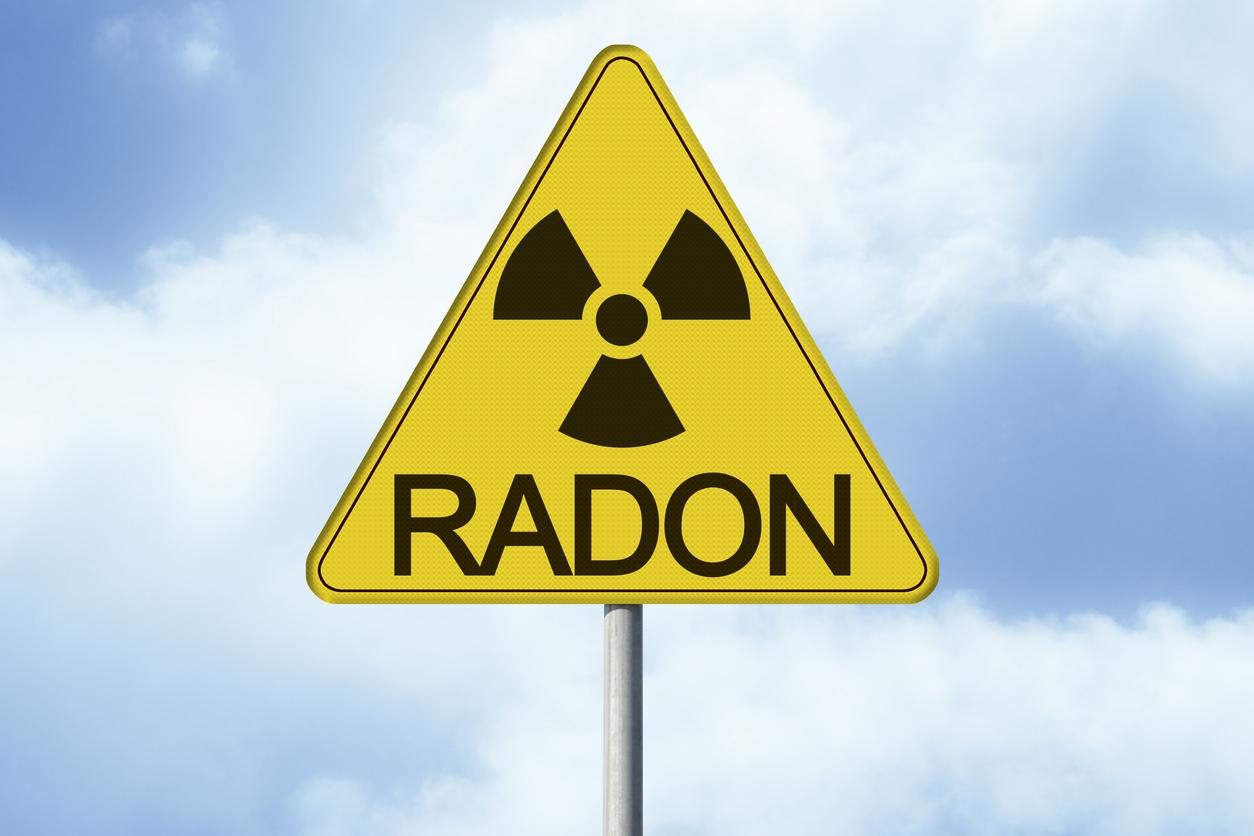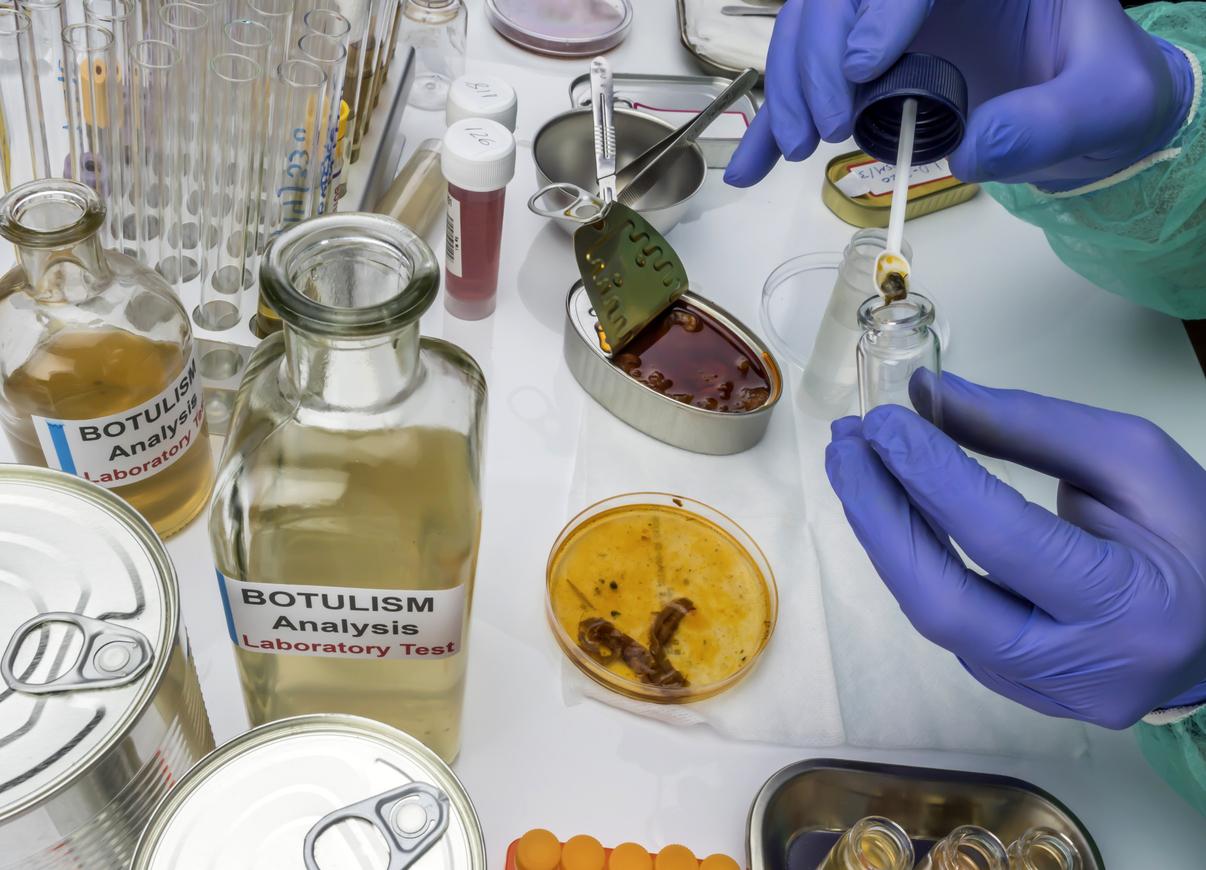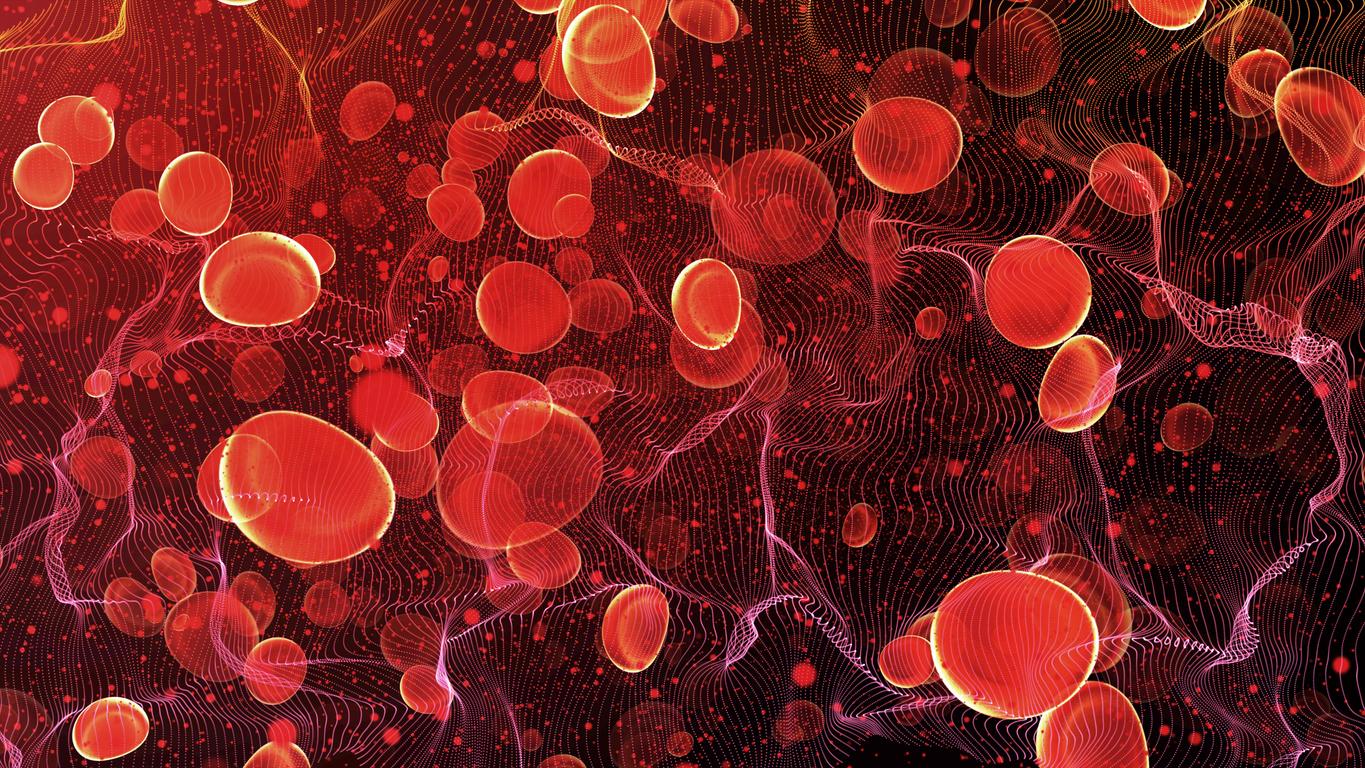Whether it be in vintage toys, in the foods that we consume every day or even in certain vaccines, the sources of contamination by heavy metals, potentially dangerous for our health, are numerous and varied.
Heavy metals, what are they? These are metallic chemical elements such as lead, mercury, cadmium, arsenic, nickel, aluminum, copper, zinc, bromine or even manganese. Some of them, such as copper and zinc, are necessary for our body to function, provided they are absorbed in small amounts. The problem therefore lies in the dose absorbed: in excess, these metals can represent a risk for our health.
From agriculture to industry: various anthropogenic sources
Even if they are naturally present in our environment, it is their use in industry and in agriculture that is responsible for massive contamination. Indeed, the releases into the air of very fine metal particles then fall on plants and animals and therefore contaminate our food.
In addition, in non-organic agriculture, sewage sludge from wastewater treatment can be used as fertilizer and distributed over land by spreading. But this sludge contains cadmium, which is then found in the soil before being absorbed into the plants that grow there.
At the same time, heavy metals, such as lead, have long been used in paints, in gasoline or in drinking water pipes, but others, such as mercury, are also part of the composition of certain dental amalgams used to fill cavities.
Another possible route of contamination: vaccines. Heavy metals are sometimes used there as a preservative in tiny quantities, but quality or conformity defects can be a problem. Thus, in July 2015, families have complainedand a lawsuit is underway for suspected heavy metal contamination of several children by batches of vaccines against meningitis. Parents of children vaccinated with these batches even recently created a petition on the site. Change.org asking the Minister of Health, Marisol Touraine, to open a crisis unit to support families.
They cannot be totally eliminated
If the sources of heavy metal contamination are varied, the routes of contamination are just as varied since they can be both inhaled or absorbed. The problem is that our body is not able to completely eliminate these metals, which therefore accumulate there. This is why animals at the top of the food chain (carnivorous animals, predatory fish and … man) are particularly affected by food contamination: each link in the chain before him has accumulated metals from plants and animals that he himself had consumed. This is what scientists call bioaccumulation.
What are the health risks ?
Heavy metals are stored mainly in the bones, liver, kidneys and brain. “In humans, they can affect the nervous system, renal, hepatic and respiratory functions. Some, like cadmium, arsenic, nickel and chromium are carcinogenic“explains the Ministry of Ecology. Exposure to high doses of heavy metals is therefore involved in many severe pathologies such as multiple sclerosis, neurodegenerative diseases (disease ofAlzheimer’s and of Parkinson’s), the lung cancer, respiratory and digestive tracts or therenal failure. They might even play a role in triggering psychological and neurological disorders likeautism.
Variable symptoms, a complex diagnosis
Symptoms of heavy metal poisoning can vary depending on the compound (s) involved and the individual, making diagnosis complex. The most frequent signals are a chronic fatigue, from headache, from back pain, mental disorders (irritability, depression, anger, emotional instability …), digestive disorders (diarrhea, nausea, vomiting) or sleeping troubles.
How to assess their presence in our body? The diagnosis of heavy metal poisoning can be made by blood tests, urine tests but also by chemical analyzes in the hair. But some elements like mercury are only visible in the blood or urine for a very short time. Once fixed in the organs, it is much more difficult to detect them. In case of poisoning, doctors will prescribe chemical chelation treatment: this process uses chemical molecules that will attach to heavy metals, forming a new compound. The body will then be able to eliminate this compound more easily than heavy metals.
How to limit the risk of contamination?
A few precautions can limit the sources of heavy metal contamination:
- Eat fruits and vegetables from organic farming that does not use sewage sludge
- Vary the species of fish you eat, and eat no more than twice a week
- Have your drinking water pipes checked or install filters on your taps
- Stop smoking (a smoker absorbs twice as much cadmium as a non-smoker)
- Treat your cavitiesbefore they require the placement of a dental amalgam. If it’s too late, ask your dentist for a mercury-free resin amalgam.
- Eat foods that promote natural chelation, such as microalgae chlorella.
Sources:
Directorate General of Health, Study on the content of heavy metals in food
Senate: Information report n ° 261 of the Parliamentary Office for the Evaluation of Scientific and Technological Choices
Health and Environment Association France (ASEF)
Ministry of Health
Ministry of Ecology, Sustainable Development and Energy
National Institute for Industrial Environment and Risks (INERIS)
National Health Security Agency (ANSES), Total Diet Study
>> To read also:
Exposure to lead, a harmful poison over several generations
What are the pollutants to which we are most exposed?
This indoor air that clogs our health
Eat organic: without our knowledge in our menus, nitrates and heavy metals


















